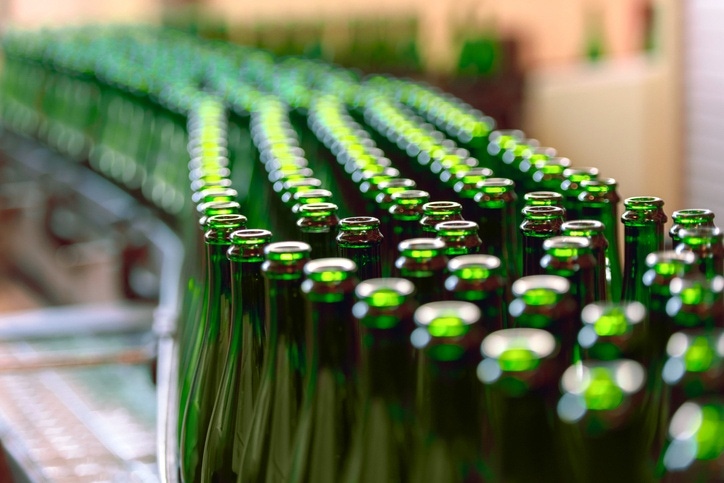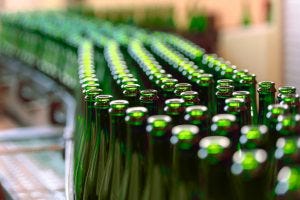Content Spotlight
Podcast: MilliporeSigma says education vital to creating unbreakable chain for sustainability
MilliporeSigma discusses the importance of people, education, and the benefits of embracing discomfort to bolster sustainability efforts.
August 31, 2020

Biopharma needs to embrace new downstream processing technologies to overcome its manufacturing issues, according to an expert.
Industry is reluctant to adopt new downstream technologies because firms prefers systems with which staff are familiar, said Alois Jungbauer from the Austrian Centre of Industrial Biotechnology at the University of Natural Resources and Life Sciences.
He began by asking delegates at the BPI Europe virtual conference in July: “Why is chromatography so popular?

Image: iStock/svedoliver
“It’s the high selectivity. It’s the high resolution. We work in aqueous solutions. We can work at low and ambient temperatures. But the most important thing is that the equipment and packing materials are readily available, and we have an established tradition,” Jungbauer.
“That means there are a lot of people around in the biopharmaceutical industry and supply industry who have a vast body of knowledge in chromatography.
“In contrast, when we adopt other technologies we have a problem. We do not have enough expertise and this may actually complicate our process development.”
But there are areas of unmet need and some downstream unit operations for which biopharma should consider using new technologies Jungbauer said, citing solid liquid separation as an example.
“Solid liquid separation is an open problem, especially in the context of integrated continuous biomanufacturing,” he said, adding that none of the current methods used are satisfactory.
Jungbauer cited hydrocyclone separation as an example, explaining that although it is cheap, simple and well suited to continuous mode manufacturing, the high shear forces generated make it problematic.
“The downside is the high shear which makes it less suitable for the separation of cells – especially mammalian cells.”
One potential solution is inclined plate settler-based separation used in wastewater treatment, according to Jungbauer.
“Much smaller systems have already been used for cell retention in perfusion culture. However, the harvest of solids proved problematic as a result of the low separation efficiency.
“So we developed a new improved incline plate settler with a structured bottom section to solve these shortcomings,” Jungbauer said, explaining “it is designed in a way in which we are able to wash the solid fraction and continuously remove the liquid fraction.”
He added that the technology “bridges the gap between the remaining problems in continuous processing so we can actually really continuously separate the solid from the liquid fraction.”
You May Also Like